115 Years, 115 Impactful Moments
Click to play USC Viterbi's 115th anniversary trivia game
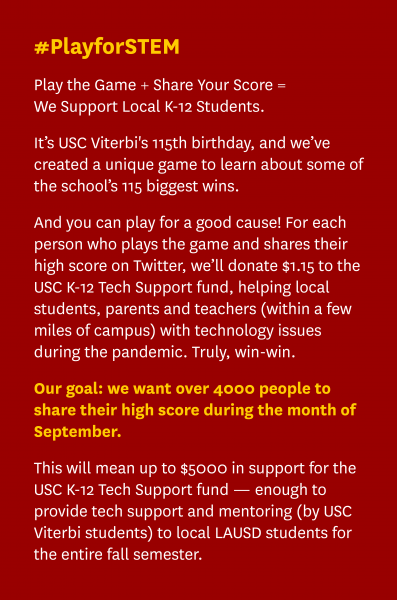 In 1905, USC offered its very first engineering courses out of the physics and mathematics departments.
In 1905, USC offered its very first engineering courses out of the physics and mathematics departments.
One hundred and fifteen years later, the USC Viterbi School of Engineering has a name and a host of accomplishments over the ensuing 11.5 decades.
This past May, Dean Yannis Yortsos, working with USC Viterbi vice deans, chairs, and select senior faculty, sought to identify 115 amazing USC Viterbi accomplishments by faculty, students and alumni over that span of time. This list would span all eight departments, the famed USC Information Sciences Institute and various programs of the school.
This list, like many of its kind, suffers from a clear recency bias. It is by no means the definitive list of all the USC Viterbi School’s noteworthy accomplishments! However, despite these limitations, perhaps it will serve as a helpful primer on what George Bekey, USC Viterbi professor emeritus, once called the school’s “remarkable trajectory.”
Test your knowledge of these USC Viterbi “wins” in a “Who Wants To be A Millionaire”-style interactive game above.
Or, for those who prefer to dive right in…the full list of 115 accomplishments for 115 years awaits.
People

In 2015, USC Viterbi is ranked #1 by U.S. News and World Report in its list of graduate engineering programs with the most women.
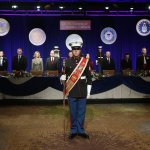
In 2016, USC Viterbi is named best online graduate engineering program for veterans by U.S. News and World Report.
This is bolstered in 2014 by a partnership with the Pentagon for graduate programs for Army officers. USC Viterbi also offers an unlimited number of Yellow Ribbon awards to eligible military candidates.

In 2008, USC trustee and alumnus Andrew J. Viterbi recieved the National Medal for Science.
The highest honor bestowed by the United States for scientific innovation was also given to USC Viterbi professors Solomon Golomb in 2013 and Mark Humayun in 2016.
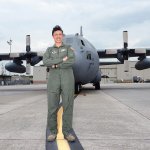
In 2016, alumna Lt. General Stayce D. Harris becomes the first African American woman to receive the rank of three star general in the U.S. Air Force.
Lt. Gen Harris served as Inspector General of the Air Force and in 2019 received the Institute of Industrial and Systems Engineering (IISE) Captains of Industry Award.
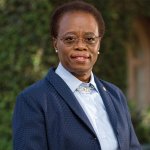
In 2018, alumna Wanda Austin becomes the first female and first African American president of USC.
She previously served as CEO of the Aerospace Corporation and as a research faculty member in the Daniel J. Epstein Department of Industrial and Systems Engineering. In 2015 she was selected by President Barack Obama to serve on the President’s Council of Advisors on Science and Technology.
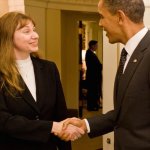
Three USC Viterbi professors have received the Presidential Award for Excellence in Science, Mathematics, and Engineering Mentoring, established by the White House in 1995:
Maja Matarić, a pioneer of socially assistive robotics (2011); John Slaughter, noted for his education research in diversity and inclusion (2012); and Gigi Ragusa, whose research interests include engineering education and innovation and college access for first-generation college students (2019).
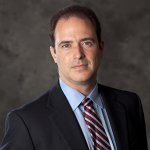
In November 2017, the John D. O’Brien Nanofabrication Lab, a world class "machine shop for nanotechnology" is dedicated to the memory of the school's first executive vice dean, who passed away earlier that year.
Enabled by an anonymous gift, the facility gives students and faculty the ability to develop novel biomedical diagnostic and implantable devices.

Since 2009, USC Viterbi faculty and doctoral students have won 14 MIT TR35 Awards.
The prize honors the world’s top innovators under 35 whose technical work promises to shape the coming decades. Ten of these winners are female engineers.
Click to view the TR35 Honorees
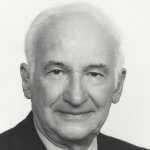
51 members of the National Academy of Engineering (NAE), the most distinguished honor in the discipline of engineering, have been affiliated with USC Viterbi, since the founding of the NAE in 1964.
Among them is Simon Ramo, a founding member of the NAE, who joined USC Viterbi in 2008 as Presidential Chair and Professor of Electrical Engineering.
Click to view names of NAE members affiliated with USC Viterbi
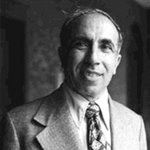
Between 1963 and 1968, Dean Zohrab Kaprielian hires "The Magnificent Seven:" Solomon Golomb, Bob Scholtz, Irving Reed, Charles Weber, William Lindsey, Lloyd Welch and Bob Gagliardi.
This group of electrical engineers founded the famous USC Communications Sciences Institute in 1982.

In 2019, the incoming undergraduate engineering class was fifty percent women.
A historic first for engineering at USC, the school also had nearly 2,000 women enrolled in its master’s and doctoral programs in 2019, leading the nation.
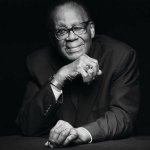
In 1980, John Brooks Slaughter, now a USC Viterbi professor, became the first African American director of the National Science Foundation.
His distinguished career has included service as chancellor of the University of Maryland College Park and 11 years as president of Occidental College where he helped shape the college’s current mission and make it one of the most diverse liberal arts colleges in the country.
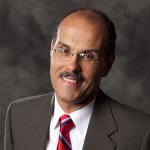
In 1990, Aluizio Prata, who specializes in electromagnetic radiation and antennas for radio communications, is believed to be the first Hispanic American appointed to the tenure track with primary appointment in engineering at USC Viterbi.
He later became the first Hispanic American to become tenured in engineering.

In 1981, Elsa Garmire, an early pioneer in laser technology and a non-linear optics expert, became the first woman to become a tenured full professor in the school’s history.
She later became the first woman to hold an endowed chair in engineering. A member of the National Academy of Engineering (NAE), she left USC in 1995 to serve as dean of the Thayer School of Engineering at Dartmouth College.

USC’s Women in Science and Engineering (WiSE) Program is established in 2000.
The program has facilitated the hiring and development of 37 tenure-track and tenured women in engineering. In 2005, Women in Engineering (WIE) was established to provide professional and academic services to female students of the USC Viterbi School.
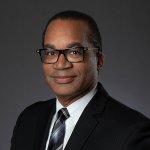
In 1993, Timothy Pinkston became the first African American appointed to tenure track at USC Viterbi.
He subsequently became the first African American to be promoted to full professor and be appointed as a vice dean at USC Viterbi. In 2019, Stacey Finely became the first African American woman to receive tenure in USC Viterbi history. Professor Finely launched the Center for Computational Modeling of Cancer. Both were the first African-American faculty at USC Viterbi to receive endowed chairs.
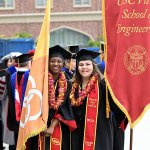
In 1922, Maude Milnes, a civil engineer, became the first woman to receive a USC engineering degree.

In 2019, USC computer science students continued their winning streak in the International Collegiate Programming Contest.
The students won first place over ninety regional teams including CalTech, UCLA, UCSD, and Harvey Mudd, winning what has become known as “the programming Olympics” a total of six times in the last ten years.
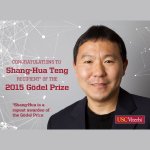
An internationally renowned theoretical computer scientist, Shanghua Teng twice received prestigious ACM Gödel Prizes, in 2008 and 2015, for his work in smoothed analysis of algorithms and nearly-linear-time Laplacian solvers.
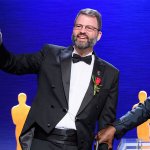
Movie magic! In 2010, Paul Debevec received an Academy of Motion Picture Arts and Sciences Scientific and Engineering Academy Award for creation of photoreal digital actors. In 2017, alumnus Parag Havaldar (Ph.D. ’96), who still teaches part-time at USC, won an Academy of Motion Pictures Arts and Sciences Award for Technical Achievement.
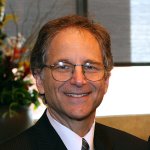
In 1977, Leonard Adleman helped invent the RSA cryptography system, the world’s most widely used public-key cryptography method for securing communication on the internet, which earned him the famed Turing Award.

Twelve USC Viterbi alumni have journeyed beyond Earth’s atmosphere as NASA astronauts.
These include: Charlie Bolden, former NASA administrator, who flew on four space shuttle missions; and Nancy Currie-Gregg, who flew in four space shuttle missions, accruing 1,000 hours in space. In addition, Professor Garett Reisman spent 95 days aboard the International Space Station after which he returned to Earth aboard the Space Shuttle Discovery in 2008. Professor Paul Ronney, now AME department chair, was selected as an alternate payload specialist astronaut. His experiments flew on two Columbia Space Shuttle missions in 1997 (the mission he was backup for) and one in 2003.
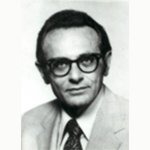
In 1964 Janos (John) Laufer, left the Jet Propulsion Laboratory to found and chair the USC Viterbi Department of Aerospace Engineering.
Laufer was renowned for his work in fluid mechanics and died in 1983.
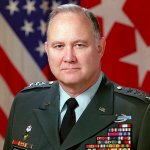
In 1964, Norman Schwarzkopf, future commander of Allied forces in the 1991 Gulf War, earned his master of science degree in mechanical engineering at USC.
Schwarzkopf was a highly decorated soldier who demonstrated notable leadership in the Vietnam War; in addition, he planned and led Operation Desert Storm as part of the Gulf War.
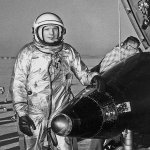
In 1970, Neil Armstrong, who was the first person to step foot on the moon during the 1969 NASA Apollo mission, graduated from USC with a master of science degree in aerospace engineering.



